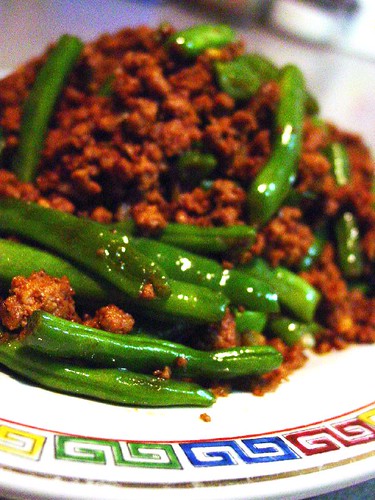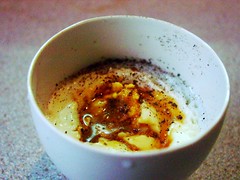When I was a kid, I used to hate our local clam, halaan, WITH A PASSION. I can never understand its taste. It’s slightly tart, gingery, salty, sometimes grainy (especially if it wasn’t cleaned well) and gummy. My folks always prepared it the same way, boiling it in hot water with some ginger. UGH! It was such a dreadful fare that I often excused myself from the table and went back to bed. No bland clams please, kthx.
It wasn’t until, again, one of my aunts who worked in Italy came home and showed me how to enjoy these clams with pasta. Known to them as Pasta con Vongole, this sweet yet briny dish completely changed my opinion of halaan/vongole forever.
Last weekend’s trip to the market brought me back to my aunt’s pasta. A little inspired by the freshness of clams, I thought I’d give it a shot in cooking one of my favorite pasta dishes. This is a very simple and easy dish, stripping the flavors to its barest essentials.
What I love about Pasta con Vongole is it’s a dish that doesn’t overcook the seafood nor do the other flavors compete with the taste of the clams. In fact, if your seafood is fresh, this is one of the best dishes to taste the freshness of the clams. If you can get your clams fresh, then this is the perfect dish for it!
One of the simplest and tastiest pasta dishes I’ve come across









